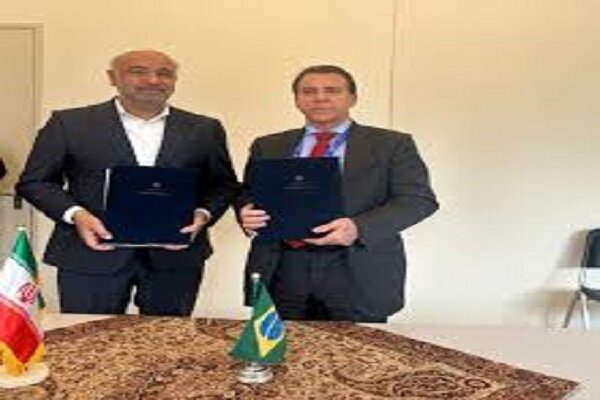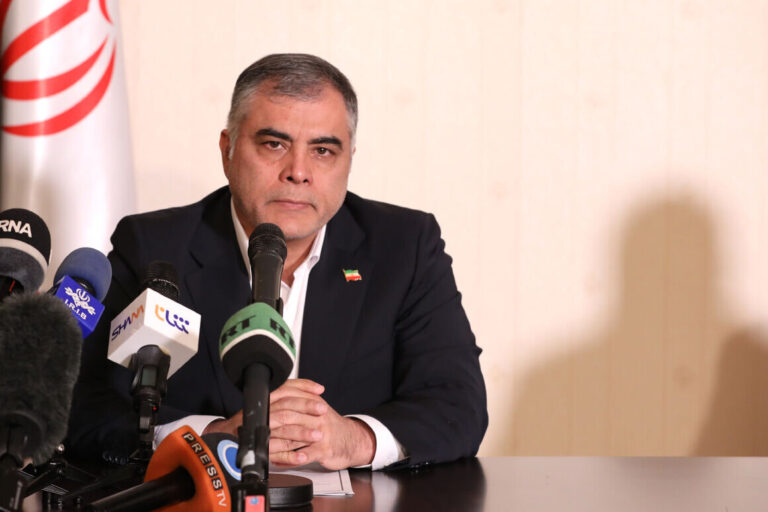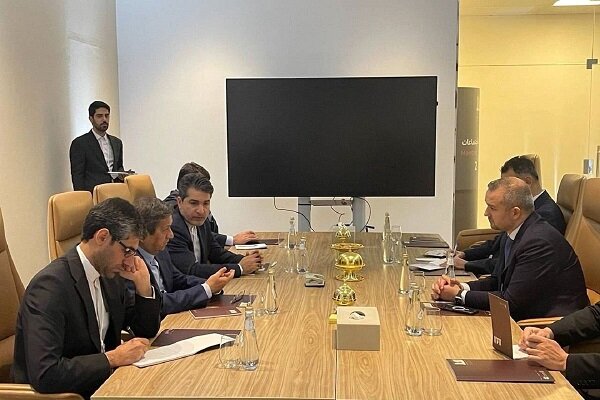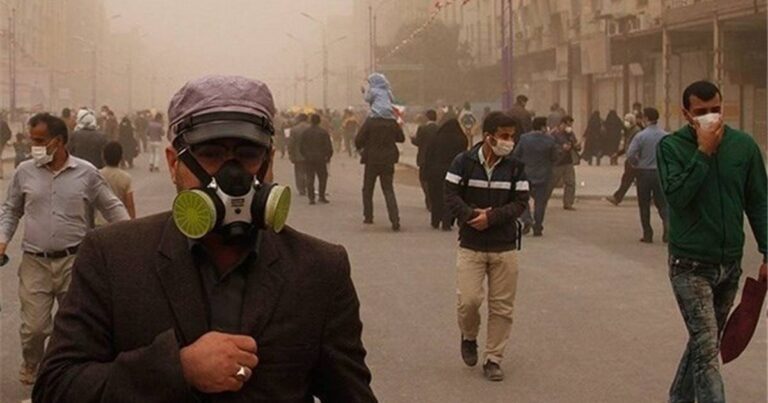
Similar Posts

Iran and Russia Sign Landmark MoU Following Joint Economic Commission Meeting
Iran and Russia are advancing economic cooperation, as highlighted in a recent press conference by Mohsen Paknejad after a meeting involving various specialized committees. Key topics included collaboration on upstream oil and gas projects, gas trade, nuclear energy, and transport initiatives like the International North-South Transport Corridor. The anticipated free trade agreement with the Eurasian Economic Union is expected to boost Russian investments in Iran’s energy sector, where four oil contracts involving $4 billion are currently active. Both nations aim to enhance trade, projected to reach $4.8 billion in 2024, fostering a mutually beneficial partnership.

Iran Achieves New Milestone in Cargo Transit: Record-Breaking Achievements Unveiled!
Cargo transit through Iran has surged by 26% in the 11 months leading to February 18, totaling 20.3 million metric tons (mt), according to the Islamic Republic of Iran Customs Administration. Key infrastructural developments, such as Shahid Rajaee Port and Parvizkhan Border Crossing, have significantly contributed to this growth. The Iranian railway network also saw a 50% increase in international cargo transit, reaching 2.4 million mt. With projections exceeding 22 million mt by March 20, Iran aims to become a vital transit hub for international trade, particularly benefiting landlocked countries in Central Asia, amid ongoing US sanctions.

Tehran Offers US Market Access: Navigating Significant Barriers Ahead!
Amid economic challenges, Iran is seeking U.S. investment to bolster its economy, extending an invitation to American investors as a potential step toward broader diplomatic engagement. Iranian officials, including President Masoud Pezeshkian, emphasize the need for at least $100 billion in foreign investment for sustainable growth, while also advocating for the lifting of both primary and secondary U.S. sanctions. However, significant obstacles remain, including the complexities of U.S. sanctions and Iran’s opaque economic environment dominated by state entities. Experts suggest that substantial reforms and a more transparent business climate are necessary to attract meaningful foreign investment.

Iran’s Economy Minister Engages in High-Level Talks During Key Meetings in Saudi Arabia
At the AlUla Conference for Emerging Market Economies in Saudi Arabia, Iranian economic official Hemmati met with Abdulhamid Alkhalifa, head of the OPEC Fund for International Development. They reached positive agreements to benefit Iranian contractors and enhance technical services through OPEC financial resources for development projects. Hemmati also met with Turkey’s Central Bank Governor, emphasizing Iran’s commitment to strengthening regional economic ties. The conference highlighted the significance of emerging markets and provided a platform for discussions on cooperation and opportunities. This collaboration aims to diversify Iran’s economy and reduce oil reliance, fostering sustainable economic growth and stability.

Iran’s Leaders and Clerics Work to Calm Public Concerns Amid Ongoing Challenges
The Iranian government is facing growing public discontent over its handling of domestic and international issues, particularly energy shortages and currency devaluation. President Masoud Pezeshkian claimed the power grid is stable, but citizens experiencing regular blackouts remain skeptical. A nearby power plant halted operations due to a diesel fuel shortage, exacerbating the crisis. The Iranian currency has plummeted, trading over 800,000 rials against the dollar. Amid political shifts and regional setbacks, officials are urging national unity while blaming external adversaries. Social media is rife with speculation about the government’s stability, reflecting widespread frustration among the populace.
